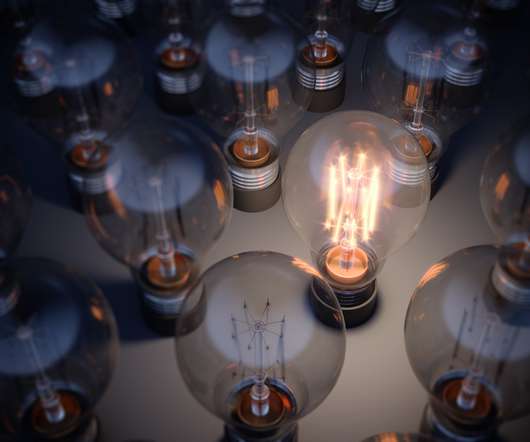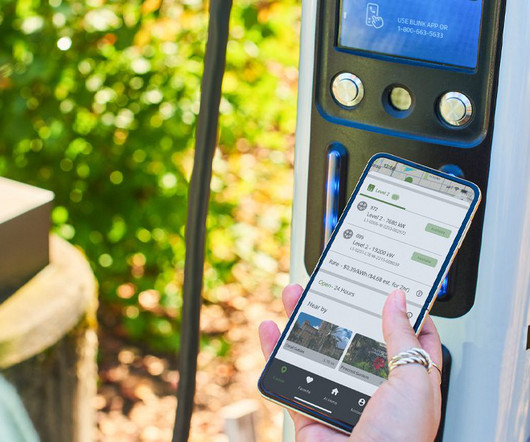ARPA-E awards $42M to 12 projects for advanced EV batteries; EVs4ALL program
Green Car Congress
JANUARY 11, 2023
The US Department of Energy (DOE) will award $42 million to 12 projects to strengthen the domestic supply chain for advanced batteries that power electric vehicles (EVs). Project K is developing and commercializing a potassium-ion battery, which operates similarly to Li-ion batteries. Award amount: $3,198,085).




















Let's personalize your content